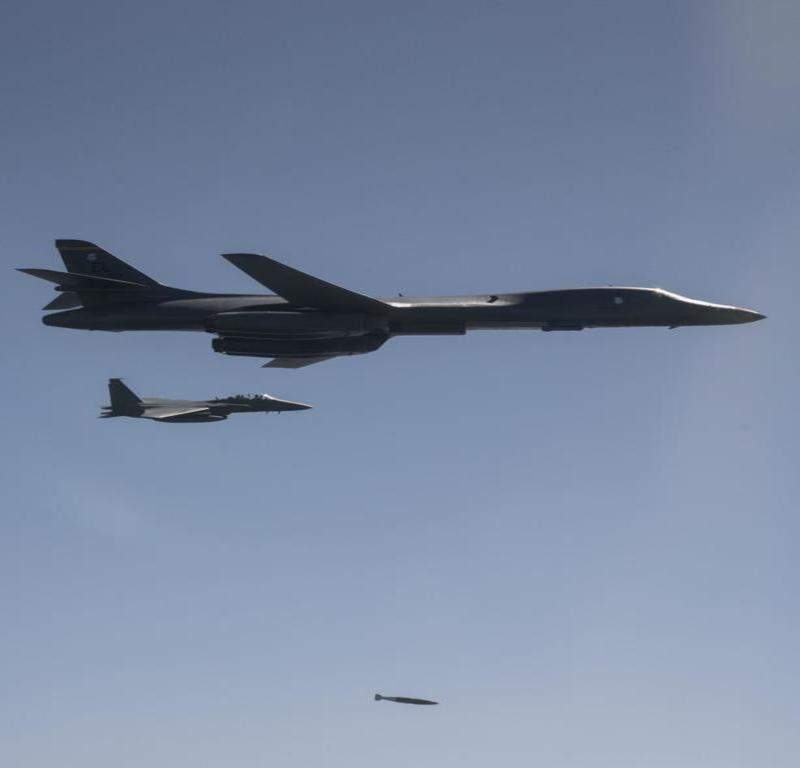

The US has flown two B-1B Lancer bombers and four F-35B Lightning II advanced fighters over the Korean Peninsula in response to North Korea's launch of its intermediate-range ballistic missile over Japan.
The flights were conducted from Andersen Air Force Base in Guam and Marine Corps Air Station Iwakuni in Japan.
The mission witnessed participation of four F-15K fighters from South Korea and four Japanese F-2 fighters.
During the mission, the aircraft from the US and South Korea practised their attack capabilities by releasing live weapons at the Pilsung Range training area.
The F-35B fighters, B-1B bombers and Japanese F-2s flew together over waters near Kyushu, Japan, the US Department of Defense (DoD) stated.
North Korea launched a ballistic missile over the northern Hokkaido island in Japan on 14 September.

US Tariffs are shifting - will you react or anticipate?
Don’t let policy changes catch you off guard. Stay proactive with real-time data and expert analysis.
By GlobalDataThe missile flew a distance of more than 3,700km before landing in the Pacific Ocean.
The launch followed after the UN Security Council unanimously adopted a resolution to impose tighter sanctions on North Korea on 11 September.
The resolution follows the council's condemnation of the nuclear test carried out by North Korea on 3 September and its violation of eight resolutions dating back to 2006.
The US Pacific Command is responsible for maintaining the ability to respond to any threat in the Indo-Asia-Pacific theatre at a moment's notice.
Image: A USAF B-1B Lancer bomber drops a 2,000lb live munition at Pilsung Training Range in South Korea. Photo: courtesy of the captain Mike Karnes via the USAF.



